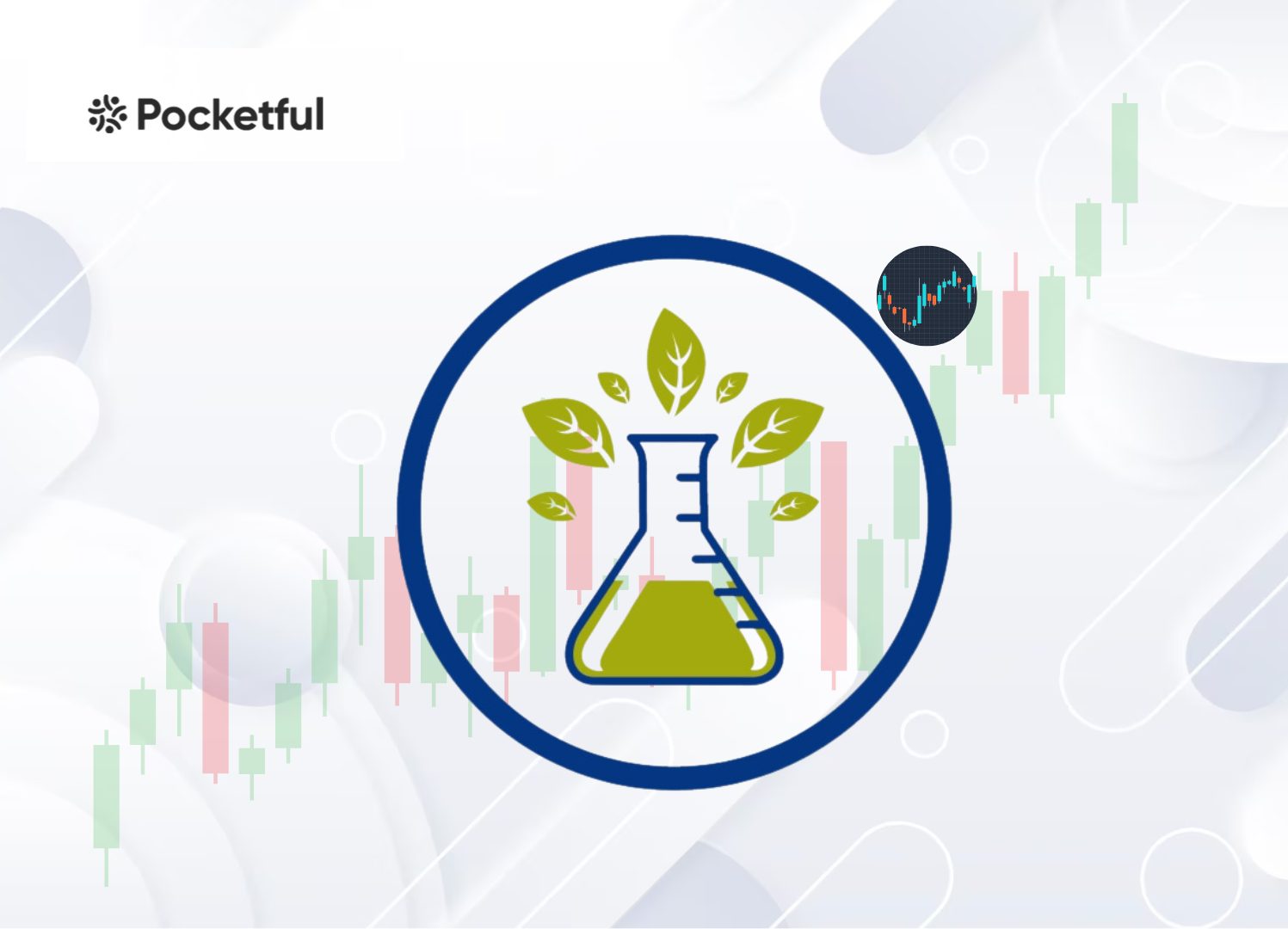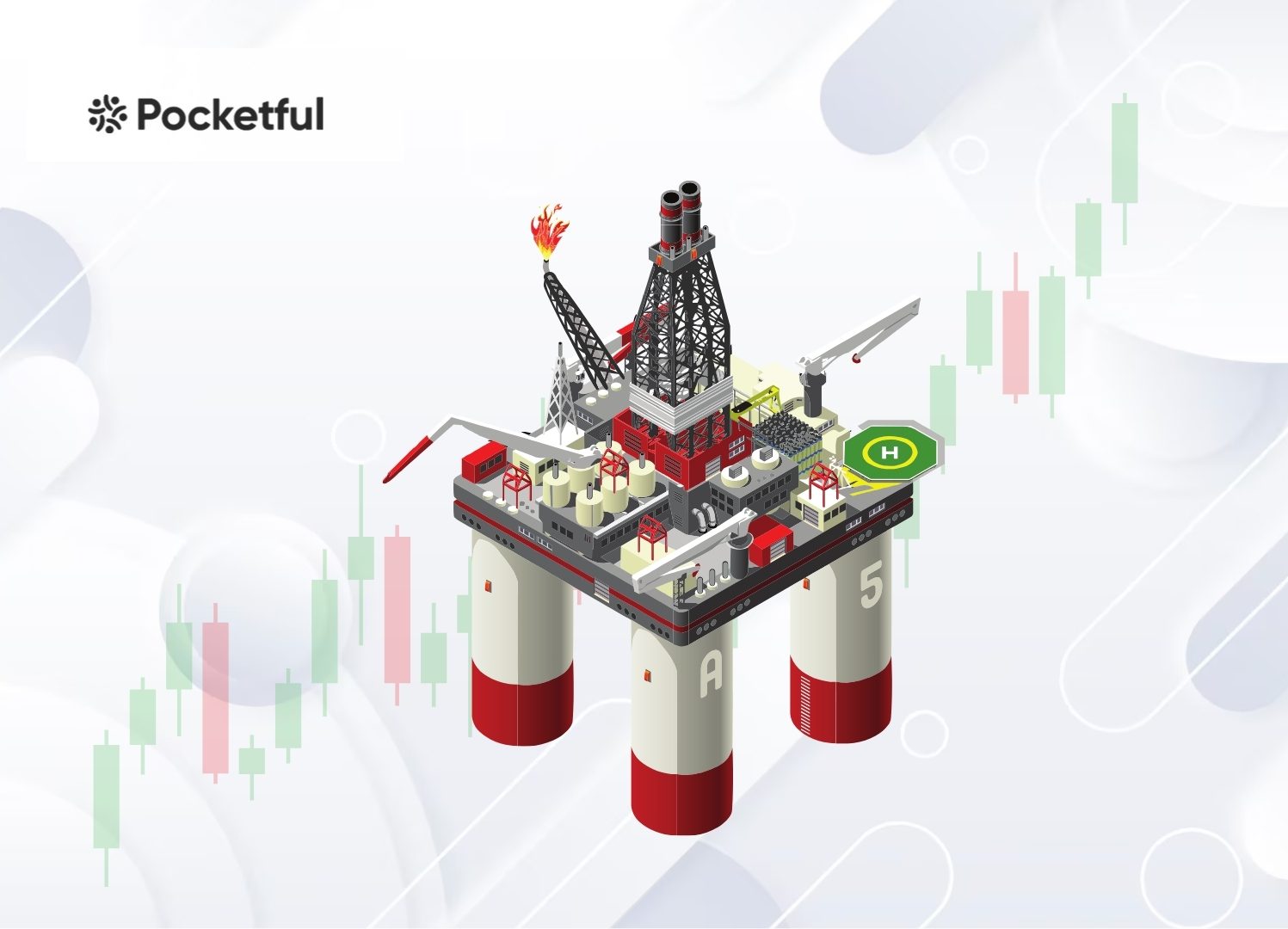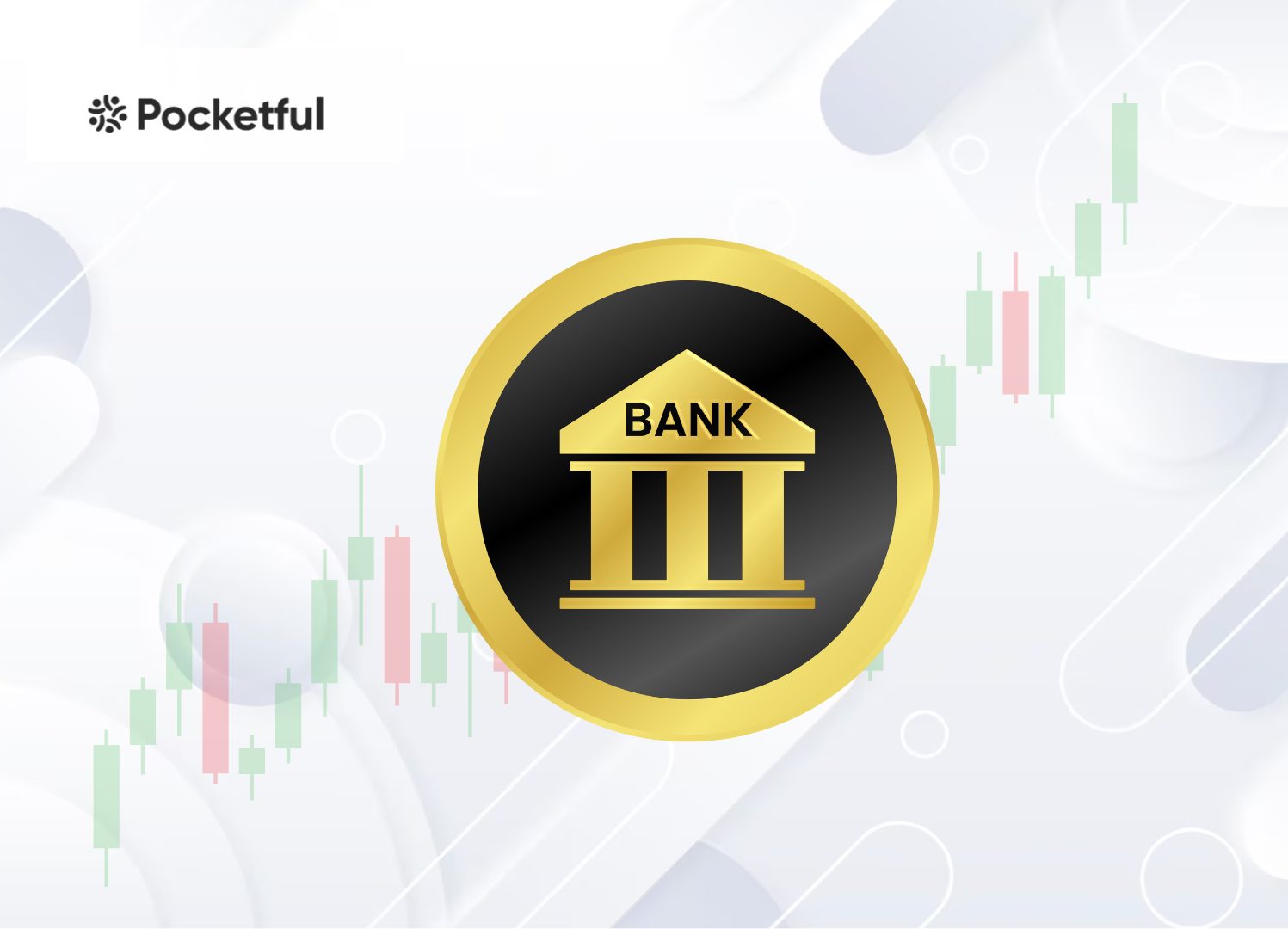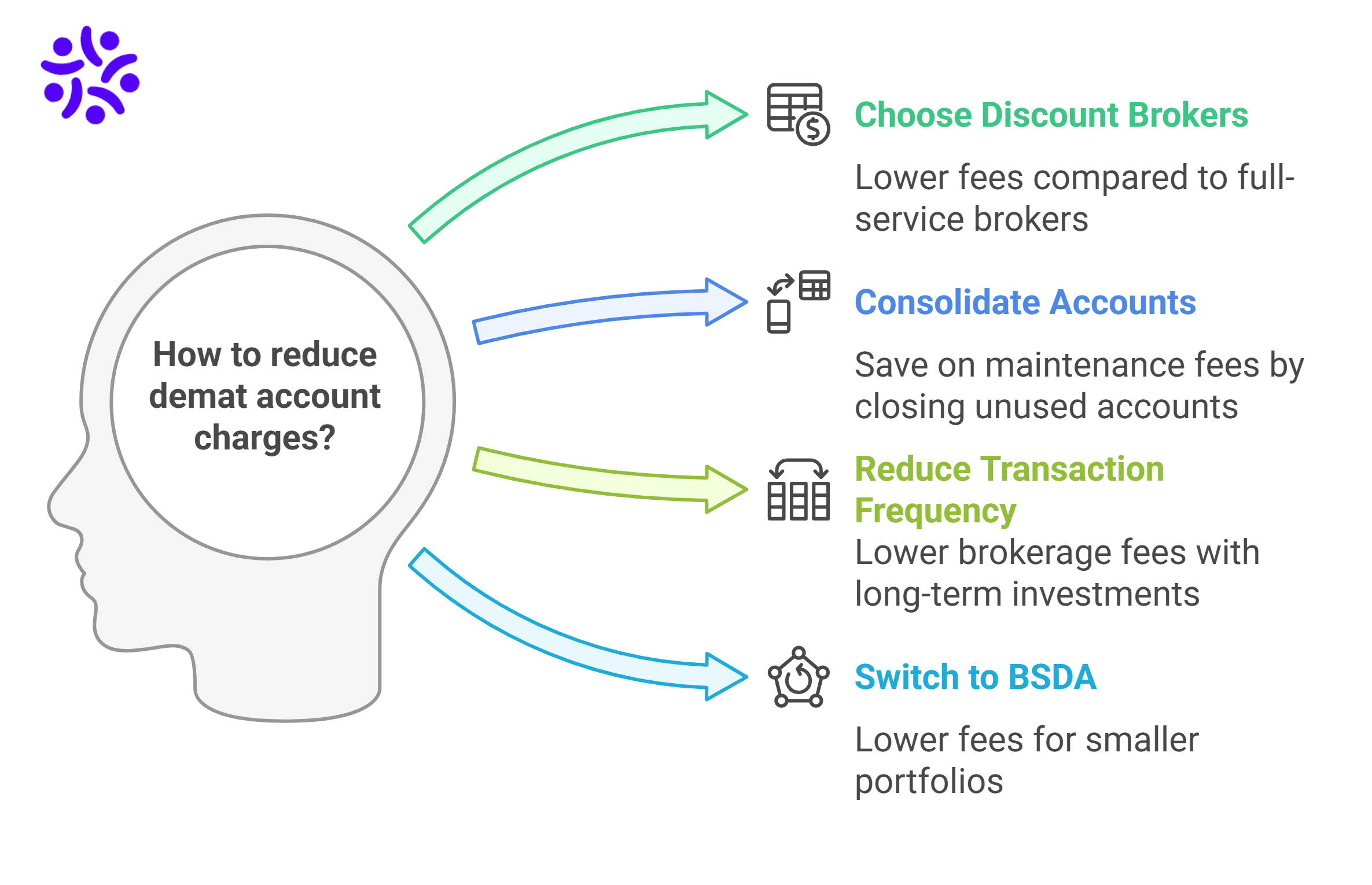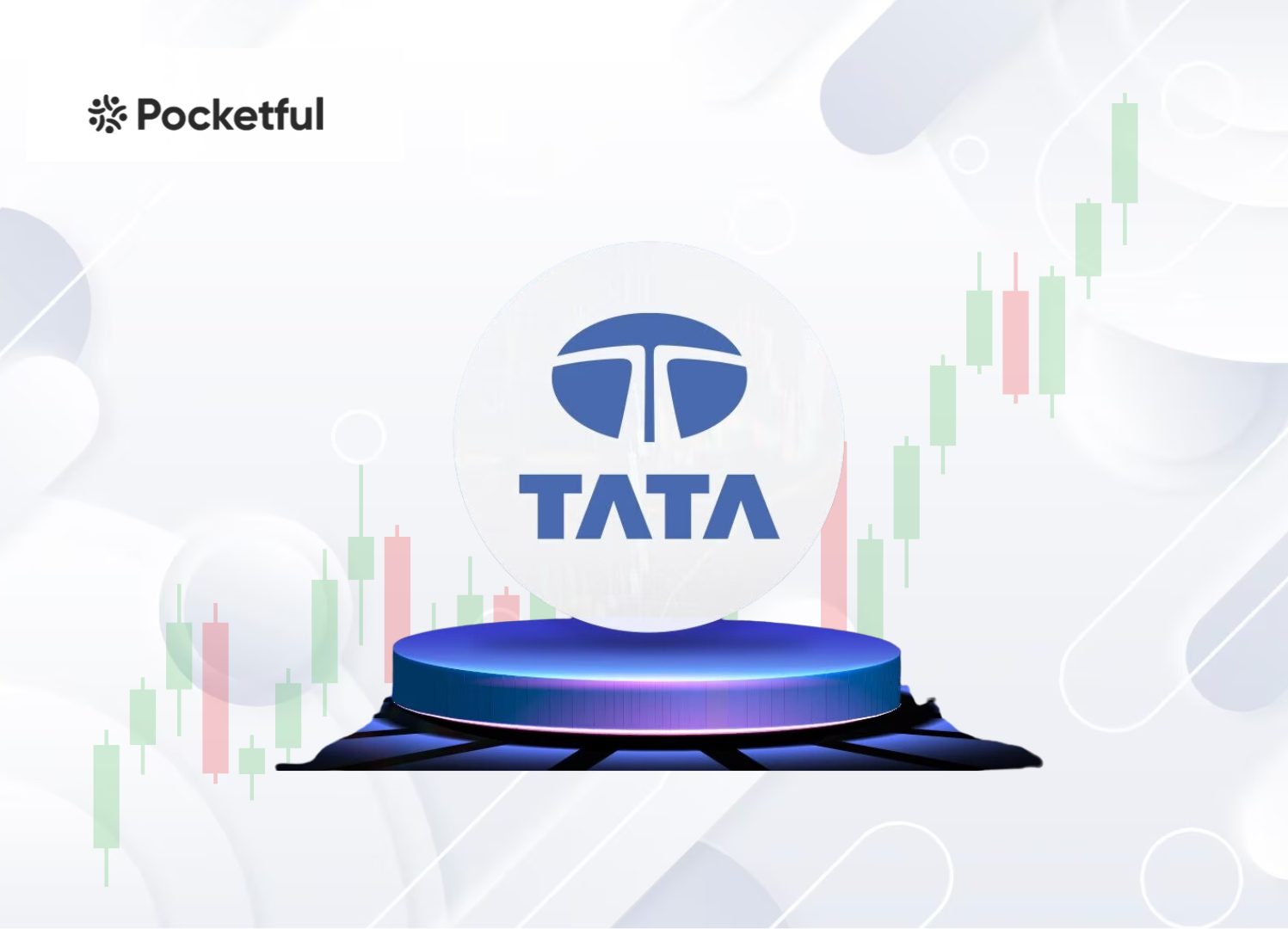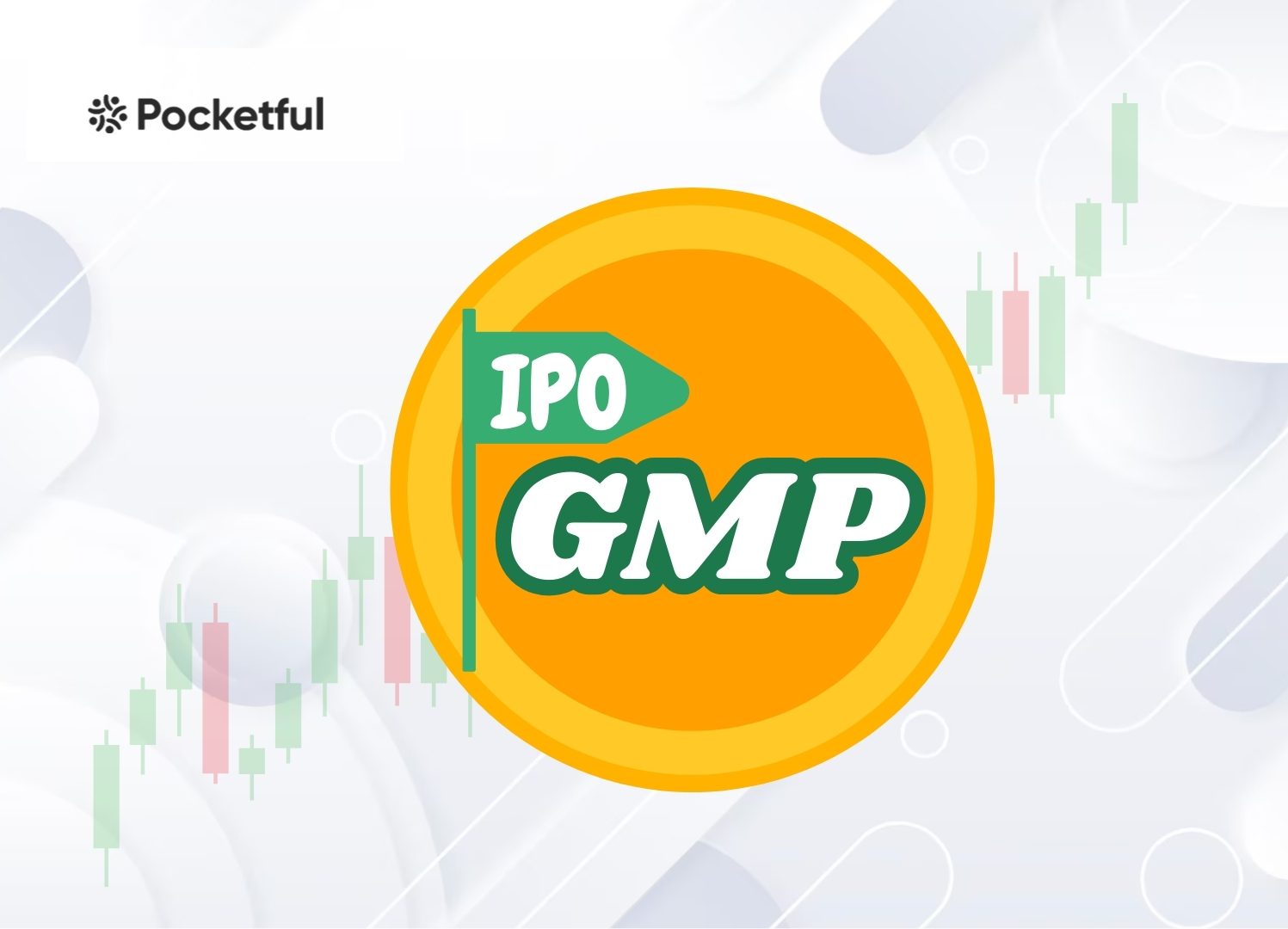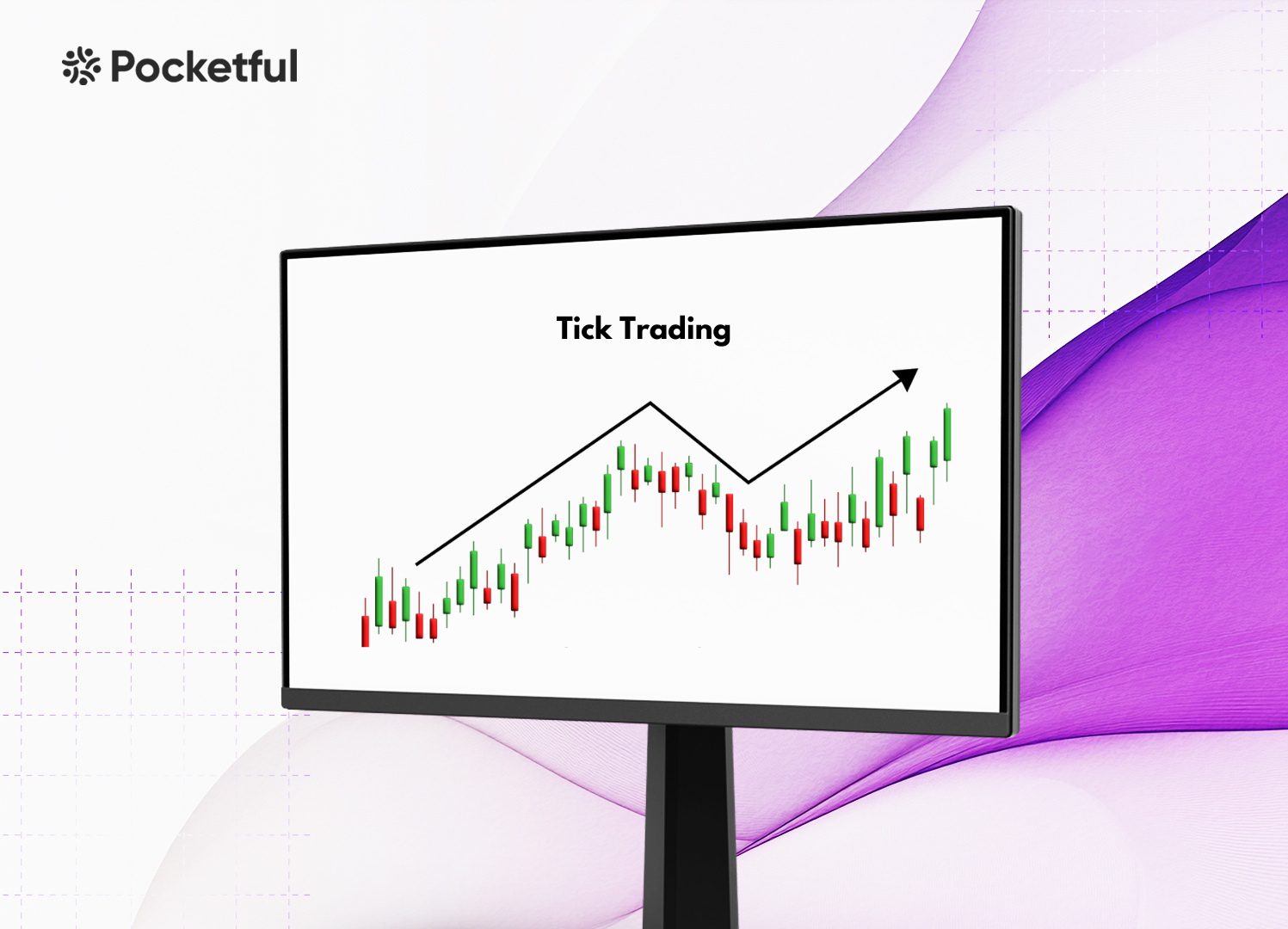The agrochemical industry in India is very crucial for enhancing agricultural productivity, protecting crops, and ensuring food security. With the increased demand for food and various challenges like climate change, the agrochemical industry is in a position to grow enormously. Agrochemicals are pesticides, herbicides, and fertilizers that farmers use to guard their crops against pests and diseases. Hence, agrochemical stocks are a good opportunity for investors seeking to tap into the growth in Indian agriculture.
In this blog, we’ll discuss the best agro chemical stocks in India along with their market performance. Moreover, we will delve into the potential benefits and risks of investing in such shares. Whether you are an investment professional or participating in the stock market for the first time, this blog will give you a detailed guideline about investing in agrochemical shares.
Overview of the Agro Chemicals Sector in India
Agrochemicals make up an important component of the Indian agricultural industry for ensuring food security and boosting crop productivity. The Indian agrochemical industry includes both national and multinational companies, each employing innovative technology and research to meet the needs of Indian agriculture. A diverse portfolio of products in the agrochemical sector includes pesticides, herbicides, fungicides, and specialty chemicals.
Some key drivers are:
- Technological Innovation: Increased spending on research to develop better agrochemical products with lower environmental impact.
- Favorable Government Policies: The government supports the agrochemical sector by providing favorable policies. Hence, the shares of agrochemical companies are going up.
- International Demand: India is the second-largest exporter of agrochemicals as the demand for quality and economical agrochemicals is increasing.
This agrochemical industry acts as an important sector of Indian economic development with an added innovation of higher yields in crops and sustainability.
Agro Chemicals Sector Stocks List 2025
- PI Industries Ltd.
- BASF India Ltd.
- UPL Ltd.
- Sumitomo Chemical India Ltd.
- Rallis India Ltd.
- Bayer CropScience Ltd.
- Coromandel International Ltd.
- Dhanuka Agritech Ltd.
- Heranba Industries Ltd.
- India Pesticides Ltd.
Overview of the 10 Best Agro Chemical Stocks in India
An overview of the best agro chemical stocks in India are:
1. PI Industries Ltd.
Established in 1946, PI Industries Limited is a prominent agrochemical company in India and specializes in developing effective agrochemical solutions through sustained research and development. Spanning the past several decades, the company has transformed itself from a manufacturer of pesticide formulations into a leader with a name of international recognition and repute. In the sphere of custom synthesis and manufacturing, it collaborates with several of the global leaders in agrochemical companies.
With a team of more than 350 scientists and over 50 workstations, PI Industries aims to empower farmers by offering high-quality crop protection products and innovative farming solutions. The company’s customer-centric approach and emphasis on partnerships have made it a trusted brand in India and globally.
Key Strengths
- Leadership in Custom Synthesis: PI Industries collaborates with global players to provide customized agrochemical solutions.
- Commitment to R&D: It has state-of-the-art research facilities and invests in the discovery of sustainable agrochemical products.
- Global Reach: PI Industries sells its products to more than 30 countries, thereby making a formidable presence in international markets.
It has the following key products and services:
- Agrochemical formulations for insecticides, fungicides and herbicides
- Custom synthesis and manufacturing (CSM) Services
- Plant protection chemicals
Know the Returns:
| 1Y Return (%) | 3Y Return (%) | 5Y Return (%) |
|---|---|---|
| 3.59% | 21.13% | 149.13% |
2. BASF India Ltd.
A subsidiary of the German chemical giant founded in 1865, BASF India has been doing business in India since 1958. It offers a wide portfolio of agricultural solutions that range from crop protection to seeds and specialty products. Leveraging global expertise, BASF India has brought innovative and sustainable solutions to Indian farmers.
BASF India Ltd focuses on crop protection, including pesticides, herbicides, fungicides, and seeds for farmers to ensure the productivity and safety of crops against pests and diseases. The other area of BASF’s emphasis is on investment in digital farming technologies to optimize the management of a farm.
Key Strengths
- Leadership through Innovation: BASF is leading in the development of innovative solutions for the agriculture sector, using the latest technologies to develop superior agrochemical products.
- Sustainability Commitment: The company’s dedication to sustainable agricultural practices has supported farmers in productivity and minimized ecological impact.
- Research and Development: Crop protection and digital farming solutions developed by BASF’s R&D play a key role in modern agriculture practices.
Key Products and Services:
- Crop protection chemicals (insecticides, fungicides, herbicides)
- Seeds and seed treatment solutions
- Digital agriculture products, precision farming solutions
- Fertilizers and plant nutrient products
Know the Returns:
| 1Y Return (%) | 3Y Return (%) | 5Y Return (%) |
|---|---|---|
| 75.84% | 81.87% | 446.94% |
Read Also: 10 Companies in India by Market Capitalization
3. UPL Ltd.
UPL Limited is the global leader in sustainable agriculture solutions. UPL was established in 1969. The company has over 14,000 product registrations, 43 manufacturing facilities and 18 R&D facilities, which indicates its commitment to developing sustainable agricultural solutions. The company operates in more than 138 countries, serving a complete portfolio of crop protection solutions, seeds, and post-harvest products.
UPL is also a leader in the OpenAg initiative, which promotes an open network for agriculture and mutually supports collaboration among farmers, food producers and consumers. The company’s innovation, sustainability, and digitalization approach has made it a preferred partner for farmers around the globe.
Key Strengths
- Global Presence: UPL is one of the world’s top five agrochemical companies, with export operations in 138 countries.
- Sustainability Initiatives: The company focuses on reducing environmental implications through innovative agricultural solutions and eco-friendly practices.
- Innovation: UPL invests extensively in R&D, with over 18 R&D centers across the globe.
Key Products and Services
- Crop protection chemicals include herbicides, fungicides and insecticides.
- Development of disease-resistant and high-yielding seed varieties.
- Bio-solutions
Know the Returns:
| 1Y Return (%) | 3Y Return (%) | 5Y Return (%) |
|---|---|---|
| 6.42% | 29.02% | 7.69% |
4. Sumitomo Chemical India Ltd.
Sumitomo Chemical India Ltd. is a subsidiary of Sumitomo Chemical Company that manufactures and markets a whole host of products, which include crop protection, grain fumigation, rodent control, bio-pesticides, environmental health solutions, pest control, and feed additives. SCIL operates in the Indian market and has subsequently expanded its operations into Africa and other geographies.
SCIL offers the traditional agrochemical products that it sources from its parent company as well as biological products sourced from Valent Biosciences LLC (USA), known for its highly acclaimed environmentally compatible pesticides and plant growth regulators. Technical-grade pesticides are also produced in its advanced Indian manufacturing facilities with indigenous R&D support.
The Sumitomo Chemical Company was established in 1913. It started manufacturing fertilizers by using sulfur dioxide produced through copper production. The company helped farmers increase their agricultural productivity and simultaneously reduced the pollution caused by gas emissions during copper production processes. Now, it has grown into one of the world’s leading chemical companies with R&D innovations and commitment to corporate governance.
Key Strengths
- Innovative and Eco-Friendly Solutions: The firm creates environmentally safe products and improves agricultural practices consistently.
- Global Reach: The company uses the global reputation of Sumitomo Chemical Group to form international partnerships with other key market players to create quality solutions.
- Customer-Centric Approach: Sumitomo Chemical India is devoted to enhancing the productivity of farm output by presenting solutions that will work in India’s agricultural backdrop.
Principal Products and Services:
- Insecticides, Fungicides and Herbicides
- Bio-pesticides and Green Crop Protection
- Plant protection solutions
- Crop management and advisory services
Know the Returns:
| 1Y Return (%) | 3Y Return (%) | 5Y Return (%) |
|---|---|---|
| 21.85% | 35.26% | 168.69% |
5. Rallis India Ltd.
Rallis India Ltd., which is a subsidiary of Tata Chemicals Ltd, has established a strong presence across the agrochemical value chain through sustainable products and services. This company offers robust portfolios of crop care solutions comprising pesticides, fungicides, insecticides, seeds, and plant growth nutrients catering to farmers across the nation.
Rallis follows a strategy while designing products based on the theme “Serving Farmers through Science” to develop solutions aimed at enhancing farm productivity. The company has introduced a range of sustainable products suitable for different agri-requirements.
Rallis India has a distribution network of over 6,000 dealers and 70,000 retailers, through which it reaches farmers in 80% of India’s districts. The company also exports to more than 58 countries, covering diverse crop segments and overcoming cultural and linguistic barriers.
Key Strengths
- Research and Innovation: Rallis has made large investments in R&D to introduce new agrochemical solutions that are effective and environmentally friendly.
- Broad Portfolio of Products: The company provides a comprehensive portfolio of crop protection products, seeds, and plant growth regulators.
- Sustainability Focus: Rallis India emphasizes providing solutions which help sustain the agriculture industry while preserving the environment.
Products and Services :
- Crop protection solutions (insecticides, fungicides, herbicides)
- Seeds and Plant Growth Regulators
- Agri-solutions and advisory services
Know the Returns:
| 1Y Return (%) | 3Y Return (%) | 5Y Return (%) |
|---|---|---|
| 13.65% | 10.28% | 66.31% |
6. Bayer CropScience Ltd.
Bayer CropScience Ltd, a part of Bayer AG, was established in 2003 and is one of the world’s leading companies in the agrochemical industry. The mission of the company focuses on improving agricultural productivity and sustainability while mitigating challenges associated with the increasing world population and changes in the climatic situation. Bayer AG is a global enterprise that operates in the areas of health, nutrition and agriculture.
Bayer CropScience offers innovative solutions in crop protection, seeds, and digital farming. The company has a strong focus on sustainability through the development of products based on cutting-edge technology that will help in responsible resource use in agriculture. With such dedication towards agriculture, Bayer has become one of the trusted names among farmers, researchers, and agricultural professionals around the globe.
Key Strengths
- Sustainability Focus: Bayer works towards making it possible for farmers to perform agricultural activities with fewer resources by making innovations and engaging in sustainability.
- Research & Innovation: The firm invests heavily in R&D in a quest to develop advanced agrochemical formulations.
- Comprehensive Portfolio: Bayer CropScience offers a comprehensive portfolio that consists of crop protection chemicals, seeds, and biological products.
Main Products and Services:
- Crop protection chemicals
- Seeds for diverse crops
- Digital farming tools and precision agriculture solutions.
Know the Returns:
| 1Y Return (%) | 3Y Return (%) | 5Y Return (%) |
|---|---|---|
| 1.77% | 12.00% | 46.99% |
Read Also: Top 10 Sectors in the Indian Stock Market
7. Coromandel International Ltd.
Coromandel International Limited is an Indian agri-business major from the Murugappa Group and one of India’s largest fertilizer, crop protection, and specialty nutrients manufacturers. Coromandel, which was set up in 1961, has been developing agricultural solutions to deliver the best outcomes to the agriculture sector. Through its products, the company addresses critical issues that contribute to enhancing soil health and improving crop yield and sustainable agricultural practices.
The firm has a strong presence across India, serving both the domestic and international markets with high-quality agricultural solutions. It strives to maintain ecological sustainability through environment-friendly initiatives at every stage of its product development. Coromandel’s research and development department always focuses on the productivity of agriculture while creating a minimum adverse effect on the environment.
Key Strengths
- Diversified Portfolio: The company deals in diversified products that include a variety of agrochemicals like fertilizers, pesticides, and micro-nutrients.
- Sustainability Initiatives: The company focuses on sustainable and eco-friendly operations, especially integrated pest management and soil health solutions.
- Established Brand: Having more than sixty years of existence, Coromandel has become an established brand within India’s agriculture sector.
Principal Products and Services:
- Fertilizers (Urea, DAP, potash, etc.)
- Crop protection solutions
- Specialty nutrients and micro-nutrients
- Agricultural services and soil health management
Know the Returns:
| 1Y Return (%) | 3Y Return (%) | 5Y Return (%) |
|---|---|---|
| 55.84% | 151.10% | 259.68% |
8. Dhanuka Agritech Ltd.
Dhanuka Agritech Ltd. is one of India’s major agrochemical companies, and it was established in 1980. Their company specializes mainly in innovative solutions for crop protection. The company offers high-quality agrochemical products such as pesticides, herbicides, fungicides, and insecticides. The company has a strong network of distributors, retailers, and farmers across India.
Dhanuka has delivered sustainable agriculture solutions through consistent improvement in crop productivity. The company invests heavily in research and development to bring quality products and services to its customers and stakeholders. Commitment to quality is what has allowed Dhanuka to be one of the most trusted partners of Indian farmers.
Key Strengths
- Innovative Product Portfolio: Dhanuka has a portfolio of crop protection products catering to the needs of Indian farmers.
- Strong Distribution Network: The company has a strong distribution network across the country, ensuring its products are readily accessible to farmers anywhere.
- Commitment to R&D: Dhanuka invests a lot in research to manufacture sustainable and effective agrochemical solutions.
Key Products/Services:
- Insecticides, Fungicides and Herbicides
- Plant growth regulators
- Bio-pesticides and eco-friendly solution
- Crop Protection and Pest Management Services
Know the Returns:
| 1Y Return (%) | 3Y Return (%) | 5Y Return (%) |
|---|---|---|
| 13.48% | 80.33% | 234.09% |
9. Heranba Industries Ltd.
Heranba Industries Limited is a firm that was founded in 1992 by Sadashiv K. Shetty and Raghuram K. Shetty with the primary intent of offering innovative products that aid farmers in getting maximum output from their farms, guided by the philosophy that “Chemistry is at its best”.
Today, Heranba is one of India’s biggest manufacturers of synthetic pyrethroids and their intermediates. The company has a comprehensive range of agrochemical products: insecticides, herbicides, fungicides, and public health solutions. Heranba has enjoyed great growth, reaching both Indian and global markets.
Heranba’s mission is to enhance crop productivity and public health through innovative solutions, and it is committed to improving the well-being of global communities. The company is passionate about providing farmers with cutting-edge products that increase agricultural efficiency.
The company operates fully integrated and modern manufacturing facilities in Gujarat’s prime industrial hubs of Vapi and Sarigam, with an additional site under development at Saykha. Heranba has an in-house R&D facility focused on product development and process enhancement, thus ensuring top-class solutions and seamless customer experience.
Key Strengths
- Agrochemical Solutions: Heranba focuses on providing innovative agrochemical solutions that enhance crop productivity and promote sustainable farming practices.
- Domestic and International Footprint: Being a domestic company with a solid international footprint, Heranba has become one of the main players in the agrochemical industry.
- In-house R&D Facility: Heranba owns an in-house R&D facility that is involved in continuous product development and process improvement to serve customers better.
- Environmental Responsibility: Heranba promotes sustainable development by implementing effluent treatment, hazardous waste management, and health and safety.
Products and Services Offered:
- Crop protection products like insecticides, herbicides, and fungicides
- Public health solutions
- Novel agrochemical products for farmers
- Robust product development through an in-house R&D facility
Know the Returns:
| 1Y Return (%) | 3Y Return (%) | 5Y Return (%) |
|---|---|---|
| 7.36% | 41.92% | 57.02% |
10. India Pesticides Ltd.
India Pesticides Limited (IPL) was established in 1984. One of the foremost agrochemical companies in India, IPL engages in the development of fungicides, herbicides, and insecticides on a large scale for the agricultural industry to enhance crop protection and improve agricultural productivity. IPL deals with both the domestic and international markets.
IPL operates fully equipped manufacturing units in India, which are at par with the high technology standards, and also has an in-house research and development facility. The company has concentrated on creating sustainable agricultural solutions to address food security issues worldwide.
Key Strengths
- Quality of Manufacturing: Its advanced production capabilities ensure high standards for its agrochemical products.
- R&D Excellence: Invests heavily in research and development to create crop protection products.
- Global Operations: The company has a large customer base at home as well as overseas.
Products and Services Offered:
- Fungicides, herbicides, and insecticides
- Formulations of agrochemical products and technical products
- Crop protection solutions
Know the Returns:
| 1Y Return (%) | 3Y Return (%) | 5Y Return (%) |
|---|---|---|
| 53.68% | 44.63% | 49.63% |
Market Information
Here is a view of the top agro chemical stocks in India, which includes the key metrics such as market capitalization, share price, and 52-week high and low.
| Company Name | Current Market Price (₹) | Market Capitalization (₹ Crores) | 52-Week High (₹) | 52-Week Low (₹) |
|---|---|---|---|---|
| PI Industries Ltd. | 3,683 | 55,884 | 4,804 | 3,060 |
| BASF India Ltd. | 5,515 | 23,872 | 8,750 | 2,868 |
| UPL Ltd. | 509 | 40,372 | 600 | 430 |
| Sumitomo Chemical India Ltd. | 531 | 26,505 | 628 | 336 |
| Rallis India Ltd. | 302 | 5,883 | 379 | 236 |
| Bayer CropScience Ltd. | 5,542 | 24,907 | 7,197 | 4,869 |
| Coromandel International Ltd. | 1,934 | 56,981 | 1,965 | 1,025 |
| Dhanuka Agritech Ltd. | 1,440 | 6,565 | 1,926 | 934 |
| Heranba Industries Ltd. | 418 | 1,674 | 562 | 278 |
| India Pesticides Ltd. | 181 | 2,084 | 432 | 174 |
Key Performance Indicators
| Company Name | Net Profit Margin (in %) | ROCE (in %) | Current Ratio | Debt to Equity Ratio |
|---|---|---|---|---|
| PI Industries Ltd. | 21.79 | 21.14 | 3.90 | 0.01 |
| BASF India Ltd. | 4.09 | 22.73 | 1.59 | 0.00 |
| UPL Ltd. | -3.79 | 3.72 | 1.46 | 1.15 |
| Sumitomo Chemical India Ltd. | 13 | 20.22 | 3.34 | 0.00 |
| Rallis India Ltd. | 5.58 | 10.71 | 1.75 | 0.00 |
| Bayer CropScience Ltd. | 14.51 | 32.03 | 2.44 | 0.00 |
| Coromandel International Ltd. | 7.55 | 24.04 | 2.07 | 0.01 |
| Dhanuka Agritech Ltd. | 13.59 | 24.73 | 3.69 | 0.00 |
| Heranba Industries Ltd. | 2.74 | 7.26 | 1.42 | 0.19 |
| India Pesticides Ltd. | 8.84 | 10.19 | 4.00 | 0.02 |
Read Also: 10 Best Copper Stocks in India
Benefits of Investing in Top 10 Agro Chemical Stocks
The benefits of investing in the top 10 agrochemical stocks are:
- Demand for agrochemicals will rise due to increasing global food demand and population growth.
- Agrochemicals are bound for long-term growth as more and more farmers shift towards sustainable farming practices.
- Agrochemical companies have diversified sources of revenue as they provide agricultural solutions, pesticides, and fertilizers.
- Agrochemical companies have a long history of providing dividends and thus attract investors looking for passive income.
Risks of Investing in Agro Chemical Stocks
The risks of investing in agrochemical stocks are:
- Regulatory Risks: The changes in government policies and regulations have a direct impact on the financial performance of the agrochemical industries.
- Health and Environmental Risk: Growing awareness about the negative effects of using chemicals can adversely affect the reputation and revenues of the company.
- Market Volatility: Agrochemical stocks can experience volatility if the cost of raw materials changes.
- Weather Dependency: Crop protection products are weather-dependent. This implies that adverse weather situations can potentially affect demand for agrochemical solutions.
Future of Top 10 Agro Chemical Stocks in India
Top agro chemical stocks in India have a very promising future due to the factors listed below:
- Sustainability Trends: Sustainable agriculture practices are becoming popular, which is why companies are investing in developing environment-friendly agrochemical solutions.
- Government Initiatives: The government of India recognizes the importance of the agrochemical industry and is actively introducing policies that will positively impact the agrochemical companies.
- International Operations: India is the second-largest exporter of agrochemicals globally, which helps the companies involved in this sector to diversify their revenue streams.
- Technological Advancements: Incorporating the latest technologies within traditional agricultural practices such as digital agriculture, precision farming, and the development of disease-resistant and high-yielding seeds may spur further growth in this sector.
Conclusion
The agrochemical stocks of India show a lot of promise for the long term due to the industry’s strategic importance. Agrochemical companies such as India Pesticides, PI Industries, BASF India, etc., are market leaders in developing crop protection and other agricultural solutions, ensuring sustainability. Despite the numerous benefits of investing in agrochemical stocks, there are some risks, such as volatility, seasonality, etc., that can adversely affect the performance of the agrochemical stocks. It is advised to consult a financial advisor before investing in the stocks mentioned in this blog.
| S.NO. | Check Out These Interesting Posts You Might Enjoy! |
|---|---|
| 1 | List of Best Cement Stocks in India |
| 2 | List of Best Dairy Stocks in India |
| 3 | List of Best Tobacco Stocks in India |
| 4 | List of Best Tyre Stocks in India |
| 5 | List of Best Small Finance Bank Stocks in India |
Frequently Asked Questions (FAQs)
What do agrochemical stocks contribute to the Indian economy?
Agrochemicals contribute to the Indian economy by improving crop yield and resistance towards pests. This ensures food security and helps farmers increase their earnings.
How do governments influence agrochemical companies?
Government policies on agrochemical use and their impact thereof on the environment directly affect product portfolios and the growth of agrochemical companies.
Which companies operate in the agrochemical industry?
PI Industries, BASF India, UPL, India Pesticides, etc., are some of the prominent companies operating in the agrochemicals sector.
How would one analyze agrochemical stocks?
You should thoroughly analyze the three financial statements, market share, revenues, net profits, and debt ratios, before making an investment decision.
What is the long-term growth potential of agrochemical companies in India?
Agrochemical companies in India are likely to experience consistent long-term growth as food demand increases and the trend of sustainable farming increases.
